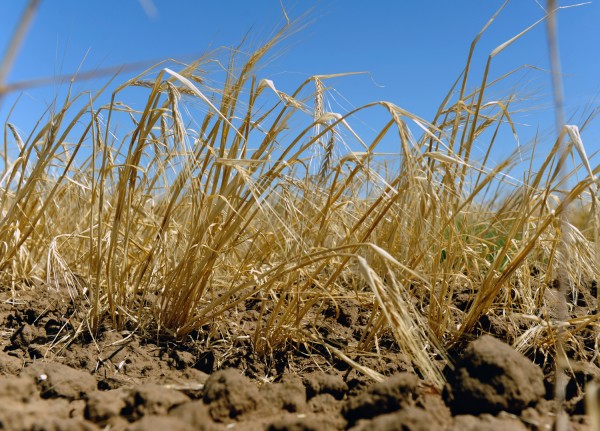Russian farmers fight to salvage harvest as major region cuts forecast

Under the sweltering sun and in temperatures of 50 degrees Celsius, farmers in the Rostov region, Russia’s breadbasket, toil to salvage a harvest battered by heatwave, frosts and floods.
Accounting for 11% of Russia’s total grain harvest last year, Rostov is one of the key regions that Russia’s agriculture ministry has said it is monitoring to make further adjustments to an already soft 2024 crop forecast.
The ministry’s most recent estimate, made in April and maintained into last week, is for the Russian grain harvest to reach 132 million tonnes in 2024 – down 9% from 145 million in 2023, and 16% from a record 158 million in 2022.
Last week Rostov said it was expecting its grain harvest to decline 38% this year to 10 million tonnes, as a blistering heatwave followed spring frosts.
“The wheat came out of winter in good condition, and the prospects for the harvest were excellent, but now we are harvesting what is left for us,” said Sergey Sasunov, chief agronomist of the Rassvet farm in the Rostov region.
Sasunov estimated that his farm has harvested only half the volume of last year.
Russia has become the world’s leading wheat exporter under President Vladimir Putin, thanks to massive state support and despite Western sanctions on technology and equipment dating back to Russia’s annexation of Crimea in 2014.
Its agricultural boom has transformed many southern regions like Rostov, with cultivated fields now dominating the landscape. It has also improved the regions’ living standards.
Global warming has opened up new northern areas in Russia for agriculture, but extreme weather patterns have made harvests volatile in southern regions like Rostov.
Fears of lower Russian output helped global wheat prices rally in April, but they had given up much of those gains by June on hopes of better-than-expected Russian yields and higher U.S. production.
Those hopes might be premature.
Read also
Official Release – December 17th! Crop & Price Navigator 2026/27
Ukraine’s harvest nears completion: Total grain output exceeds 56 mln tons
Wheat heads for worst week since June on global oversupply
‘Soybean GPT’ lands South Korea’s agriculture ministry in awkward situation
Thailand purchases 65 thsd tons of Argentine feed wheat
Write to us
Our manager will contact you soon



